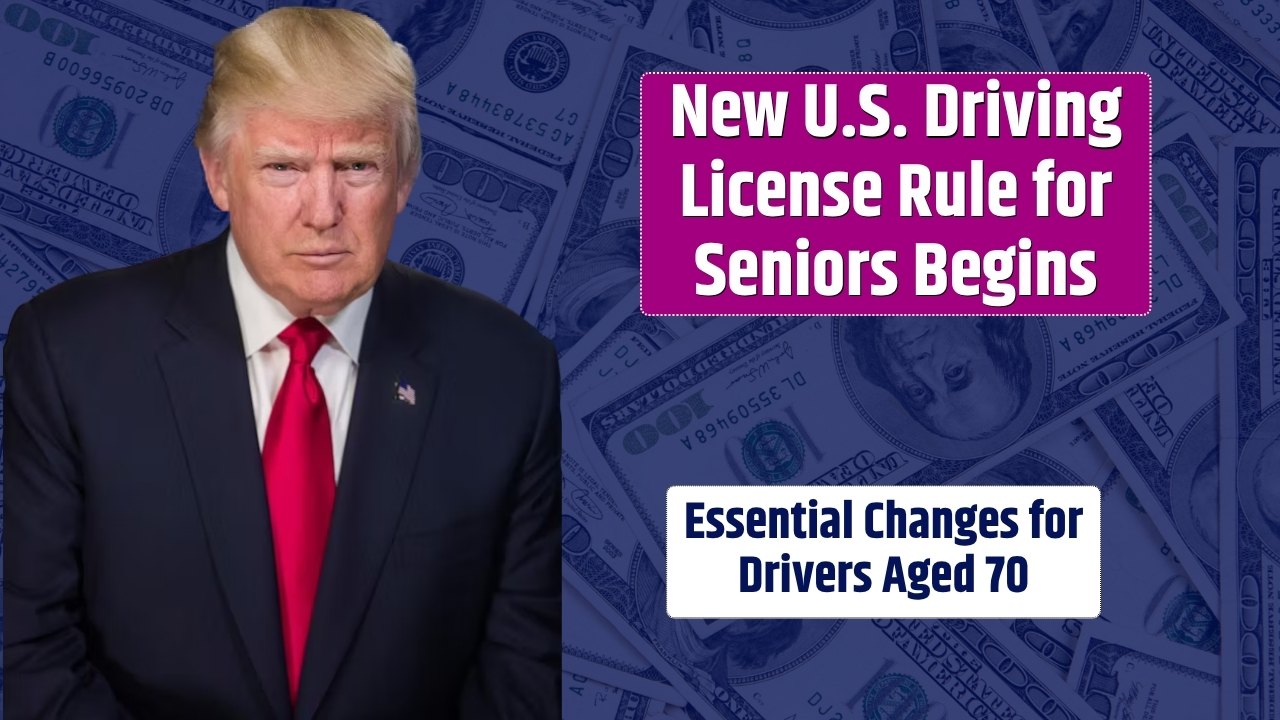Falling behind on federal student loan payments could soon hit America’s older population where it hurts most—their Social Security benefits. The Department of Education recently reignited concerns by announcing that it would resume garnishing Social Security payments from borrowers in default. While a last-minute pause from the Trump administration has temporarily delayed this plan, the underlying threat remains.
With over $1.6 trillion in outstanding federal student loans and more than 450,000 borrowers aged 62 and older in default, the potential financial shock is significant. Here’s what you need to know about the Treasury Offset Program, current policy changes, and how to prepare if you or a loved one is at risk.
Table of Contents
What Is the Treasury Offset Program (TOP)?
The Treasury Offset Program (TOP) is a long-standing government initiative launched in 1996. It allows federal agencies to collect overdue debts by withholding part of government payments—including up to 15% of a person’s Social Security benefits—to cover unpaid obligations such as defaulted student loans, tax debts, and child support.
During the COVID-19 pandemic, TOP collections for defaulted student loans were paused in March 2020. This provided relief to millions of borrowers during a time of economic uncertainty. However, that pause was never meant to be permanent.
Garnishment Notices Sent Before Reinstated Pause
Earlier this year, defaulted borrowers began receiving official notices indicating that garnishments would resume starting June 2025. The Department of Education had prepared to restart collections through TOP as part of a broader effort to bring defaulted borrowers back into repayment.
Then, in April 2025, Secretary of Education Linda McMahon announced a reversal: the garnishments would be paused again—for now.
“American taxpayers will no longer be forced to serve as collateral for irresponsible student loan policies,” McMahon said in a statement. “But we must return borrowers to repayment responsibly.”
The current pause is welcome news for older Americans who rely on Social Security, but as financial experts warn, it’s likely to be temporary.
What This Means for Retirees
If you’re receiving Social Security and are in default on a federal student loan, garnishment remains a real threat. Experts agree that now is the time to take proactive steps before collections resume.
Heather Schreiber, founder of HLS Retirement Consulting, says the temporary delay is a vital chance to get ahead of the issue.
“I’m certainly glad the Department of Education put this on hold before it came out of the gate,” she said. “But retirees need guidance now more than ever.”
Impact of Garnishment on Fixed Incomes
Retirees already living on fixed incomes can be hit hard by losing up to 15% of their benefits. As financial planner Jim Blankenship explains, there are limited options for seniors once garnishment begins.
“The usual advice to cut expenses or find extra income doesn’t always apply,” said Blankenship. “When your expenses are fixed and you’re not in a position to work, it becomes about prioritizing what little income you have.”
He suggests focusing only on essentials: housing, food, and medical costs—everything else is secondary.
Key Strategies for Borrowers at Risk
Elaine Floyd, retirement expert at Horsesmouth, emphasized that Social Security garnishment is final once it starts, making early intervention essential.
“It’s always better to negotiate with your loan servicer or the Department of Education directly before garnishment begins,” she noted.
What You Can Do Now
- Contact Your Loan Servicer: Ask about rehabilitation programs or income-driven repayment plans (IDR) to get out of default.
- Explore the Fresh Start Program: This program was created to help defaulted borrowers re-enter repayment without penalty.
- Request a Hardship Exemption: While rare, you may be able to halt garnishment if you demonstrate severe financial hardship.
- Consult with a Financial Advisor: A professional can help you assess your options and build a realistic plan based on your income.
Snapshot: Student Loan Impact on Social Security
| Key Statistic | Figure |
|---|---|
| Total Federal Student Loan Debt | $1.6 trillion |
| Borrowers Aged 62+ in Default | 450,000+ |
| Potential Garnishment Amount | Up to 15% of monthly benefits |
| Garnishment Program Used | Treasury Offset Program (TOP) |
| Current Garnishment Status | Temporarily Paused (as of July 2025) |
With rising concerns about the long-term viability of Social Security and increasing financial burdens on older Americans, this issue underscores the importance of proactive financial planning and policy clarity. While the pause offers temporary relief, it’s not a long-term fix.
FAQs
Can the government really take my Social Security to repay student loans?
Yes. Under the Treasury Offset Program, up to 15% of your monthly benefit can be garnished if you’re in default on federal student loans.
Is the garnishment happening now?
As of July 2025, the Trump Administration has paused garnishments, but this may not last. Stay updated and act early.
What if I can’t afford my student loan payments?
You may qualify for an income-driven repayment plan or the Fresh Start program, which can help bring your loan out of default.
Can I stop the garnishment once it starts?
No. Once Social Security benefits are garnished, the process is difficult to reverse. It’s best to resolve your debt before garnishment begins.
Where can I get help?
Contact your loan servicer, a certified financial planner, or nonprofit credit counseling agencies for guidance.













